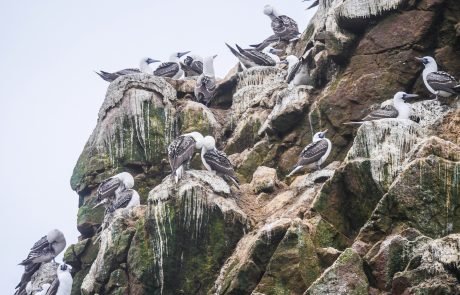Curious about where the EU currently stands on regulating green biotechnology? For a comprehensive overview, dive into our exclusive three-way interview with Catherine Regnault-Roger*, Michel Thibier**, and Alain Toppan***, all
All posts in CRISPR
The genetic modification, or genetic engineering (GE), of plants and animals by selection and breeding has been practiced by humans for more than 10,000 years. It’s called agriculture. During the
On 5 July 2023, a new step in the procedure for revising the European regulations that will apply to New Genomic Techniques (NGTs) was reached. This revision of the legislation
“Genetic Engineering” (GE) has been practiced by humans for more than 10,000 years, first by selecting and hybridizing plants. For almost half a century, newer molecular GE techniques have been
Farm to Fork: How the Ukraine war exposed Europe’s Farm to Fork green plan as unsustainable
How the war in Ukraine has derailed the European Union Farm to Fork initiative — and sparked a debate about what constitutes sustainable agriculture. In March 2020, the EU, unveiled its
A very dry summer alongside a low supply of fertilizer and energy spikes have created the perfect storm for the European agricultural sector, with staple crops like sunflower and grain
Soil Conservation Agriculture : How to help farmers accelerate the transition to avoid a famine.
Today all international organizations are announcing the biggest food crisis in history. The most visible culprit is obviously Putin and his personal war on Ukraine, an important agricultural exporting country,
New Plant Genomic Techniques (NGT): an ongoing public consultation to modify European regulation.
On July 25, 2018, a judgment of the European Court of Justice (EUCJ) indicates that all products resulting from new genome modification techniques (NGT) after 2001 fall under European regulations
Much of the world is preoccupied with the ongoing coronavirus pandemic, but there are other global challenges, including climate change, food security, and degradation of the environment. Interestingly, and perhaps
Researchers from the Francis Crick Institute and the University of Kent used gene-editing technologies to create male-only and female-only mice litters, according to a study published in Nature Communications (1).









